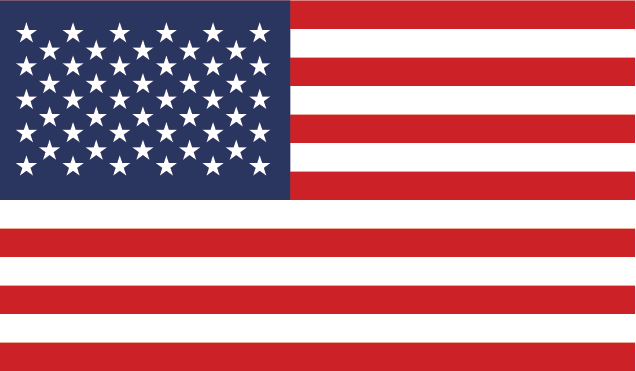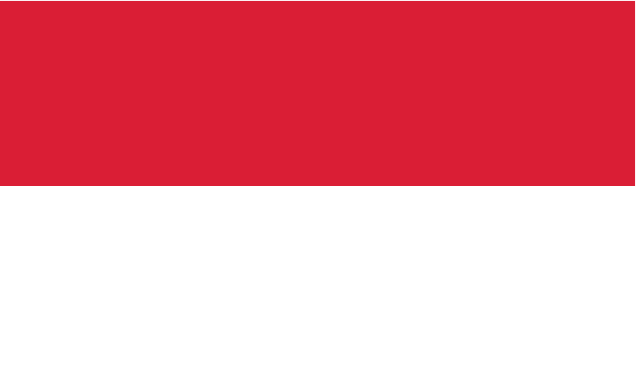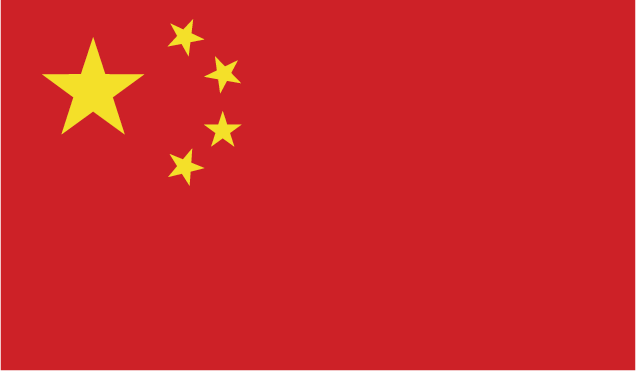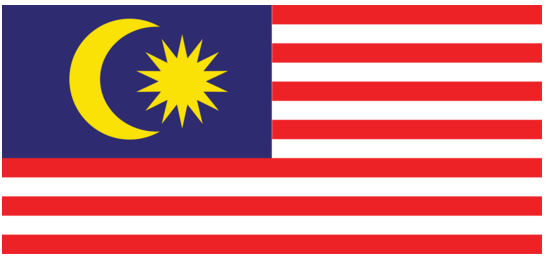
The Secrets Behind K-Beauty’s Success in Southeast Asia
The Rise of K-Beauty in Southeast Asia
Korean beauty and skincare brands, colloquially known as "K-beauty," have made significant inroads into the Southeast Asian market over recent years. Their widespread popularity in the region can be attributed to a variety of factors, each contributing to a growing consumer base that is enthusiastic about K-beauty products. Let’s explore the elements driving the rise of K-beauty in Southeast Asia and what makes it a formidable segment in the beauty industry.
1. Influence of Korean Culture
At the heart of this phenomenon is the global appeal of Korean culture, known as the Hallyu wave. Encompassing music, television dramas, fashion, and beauty, the Hallyu wave has piqued international interest, casting Korean lifestyles into the global spotlight. This fascination extends to beauty standards and products, making K-beauty a desirable category for consumers who are influenced by the aesthetic values showcased through Korean entertainment.
The allure of K-beauty is partly due to the Korean emphasis on clear, youthful-looking skin, often termed "glass skin." This cultural export, through various media channels, has cemented Korean beauty standards worldwide, creating a demand for skincare routines and products that promise similar results.
2. Preference for K-Beauty Products
Consumer inclination towards Korean beauty products is prominently observed in Southeast Asia. Surveys reveal a high preference ratio, with statistics showing 65% of Malaysians favoring Korean beauty and skincare products, followed by 61.2% in Vietnam and 59.8% in Indonesia. This preference is driven by not only the cultural influence but also the perceived effectiveness and innovation associated with these products.
The intrinsic characteristics of K-beauty products, like their natural ingredients and technological advancements, resonate well with Southeast Asian consumers, who are increasingly conscious about what they apply on their skin.
3. Social Media and E-commerce Influence
The viral power of social media platforms, especially TikTok, cannot be underestimated in the rise of K-beauty. These platforms serve as digital stages where beauty influencers and consumers alike share reviews, tutorials, and endorsements, often leading to a surge in product popularity. Notably, brands such as Laneige, Innisfree, and Cosrx have leveraged their social media fame to capture a broader audience.
Coupled with e-commerce platforms like Shopee and Lazada, K-beauty brands have been able to effectively penetrate the Southeast Asian market. These platforms lessen geographical barriers, allowing consumers easy access to a wide range of products. An evident outcome of this trend is seen in Indonesia, where imports of Korean cosmetics skyrocketed from $3.78 million in 2015 to $45.8 million by 2020.
4. Product Quality and Innovation
The reputation of Korean beauty products is built on quality and innovation. The meticulous nature of Korean skincare routines emphasizes layers of product applications tailored to specific skin needs. Southeast Asian consumers are particularly drawn to this approach, aspiring for the much-coveted "glass-like" skin that Korean beauty promises.
Moreover, the innovative ingredients used in these products, such as snail mucin, ginseng, and fermented yeast, as well as cutting-edge technologies, appeal to consumers keen on exploring scientifically-backed skincare solutions. As a result, K-beauty products often set the benchmark for quality and effectiveness.
5. Market Trends and Consumer Preferences
The Southeast Asian beauty market is predominantly characterized by an extensive focus on skincare, which accounts for a 50% market share. This aligns well with the offerings of K-beauty, which are predominantly skincare-focused. In addition, a significant portion of the population is eager to experiment with new products and brands, especially those emphasizing natural, organic, and scientifically-endorsed formulations.
For instance, 28% of Indonesian and 31% of Thai consumers express a willingness to pay more for products with scientific formulations and natural components, underscoring the demand for authenticity and innovative skincare solutions that K-beauty is known for.
6. Localized Marketing and Brand Adaptation
K-beauty brands have adeptly tailored their marketing strategies to align with the localization needs of Southeast Asian markets. They acknowledge the diverse cultural and religious landscape of the region, adapting product offerings to include alcohol-free, cruelty-free, and halal-certified products to cater to specific consumer demographics such as those in Malaysia.
This sensitivity to cultural nuances not only helps in building brand loyalty but also solidifies the presence of K-beauty as a trusted and preferred choice for a diverse clientele.
Conclusion
In conclusion, the success story of Korean beauty brands in Southeast Asia is a complex interplay of cultural influence, strategic marketing, product innovation, and consumer engagement through digital platforms. By harnessing the pervasive appeal of Korean culture and adapting to the regional demands and preferences, K-beauty has established itself as a significant and sustainable presence in the Southeast Asian beauty market. As these brands continue to innovate and cater to local market trends, their popularity is likely to endure, further entrenching the K-beauty phenomenon in the region.
co-Founder of Pongo
 English
English 



